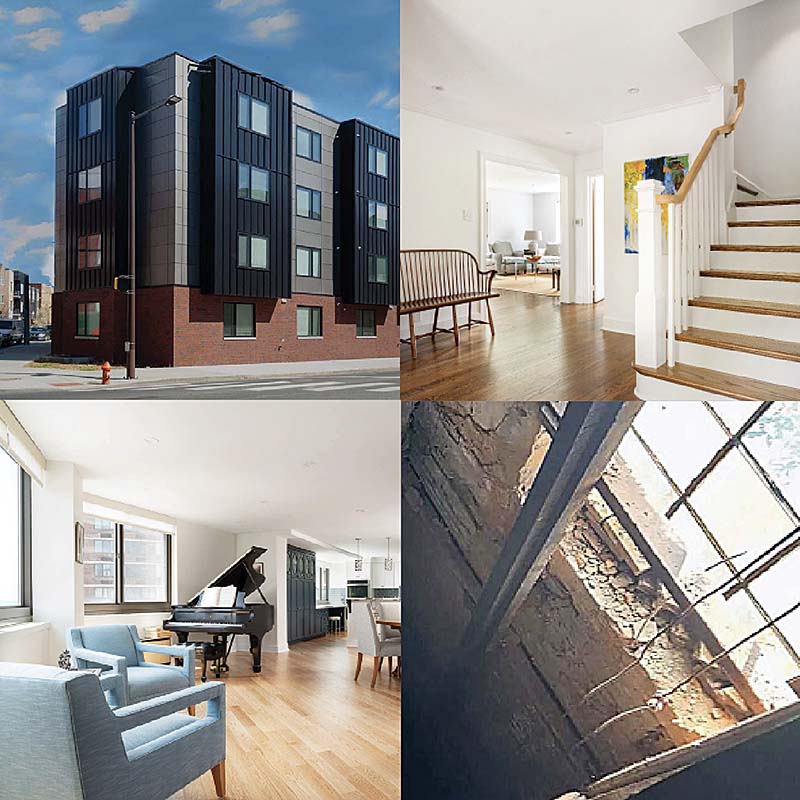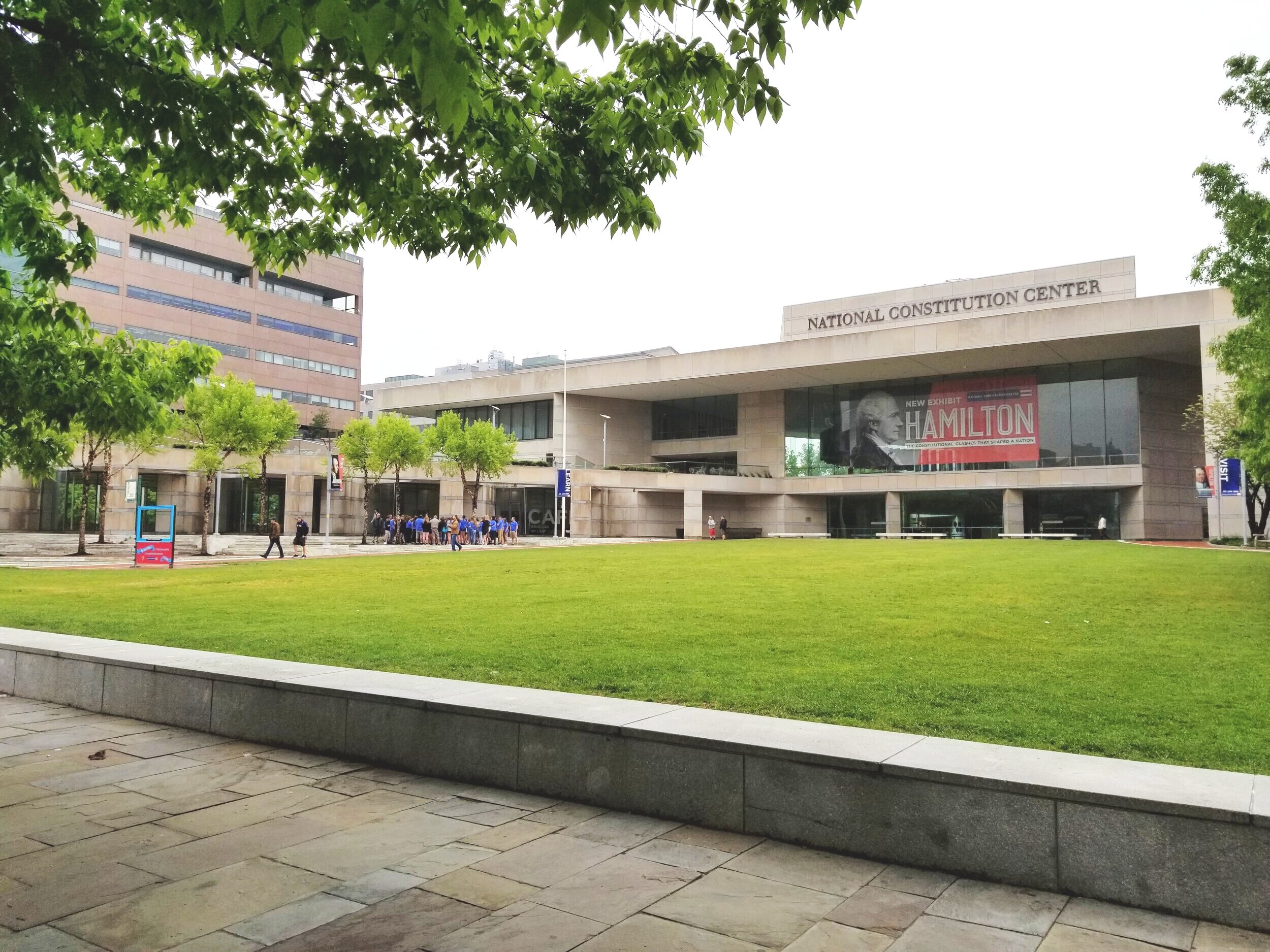Shut Down!
As we enter day two of the federal government shutdown, everyone’s asking the same question: “How did we get here?”. In my mind, the problem is one of respect and communication. Come to think of it, it’s a lack of respect and communication.
The same thing can happen during a construction project. There’s a major disagreement over a decision, and the job comes to a halt. Everyone blames everyone else, and getting the job restarted is painful. Even if things are resolved relatively quickly, the cost in terms of time and dollars can be large. For example, if the project is stopped in the middle of drywalling, the drywallers may move on to another job in the meantime. Getting them back may take an extra week, which pushes the trim and painting back. This could snowball and cause a total delay of weeks.
Fortunately on a construction project, it’s not just the Contractor and the Owner who have to work things out on their own, as the Republicans and Democrats have to do in Congress. In construction there’s the Architect, who can help arbitrate disputes between the parties. The American Institute of Architects produces standard contract forms which describe the roles of the Architect, Contractor, and Owner. The Owner-Architect agreement defines the Architect’s role as follows:
“During the Construction Phase, the Architect shall act as the Owner’s representative and provide administration of the Contract between the Owner and Contractor.”
So one might assume that the Architect, who has a contract with the Owner, and who the Owner is paying, would always side with–and fight for–the Owner. Sort of like the Owner’s lawyer, right? Wrong. Take a look at what the AIA’s Owner-Contractor agreement has to say about the role of the Architect:
“The Architect will promptly interpret and decide matters concerning performance under, and requirements of, the Contract Documents on written request from either the Owner or Contractor.
“Interpretations and decisions of the Architect will be consistent with the intent of and reasonably inferable from the Contract Documents and will be in writing or in the form of drawings. When making such interpretations and decisions, the Architect will endeavor to secure faithful performance by both Owner and Contractor, will not show partiality to either and will not be liable for results of interpretations or decisions rendered in good faith.”
So what do these provisions mean, in plain English? The Architect must act as the Owner’s agent to help make sure that the Contractor is fulfilling his obligations under the Contract (Are the materials used the correct ones? Is the design being followed? Is the schedule being respected?). However, when it comes to disputes between the Owner and the Contractor, the Architect must serve as an impartial judge to help resolve them.
What makes the Architect qualified to serve that role? Well, the Architect is in the unique position of having been at all the design meetings and has spent a lot of time working through issues with the Owner. On the other hand, the Architect has a lot of experience with the construction industry and understands how job sites operate and how construction activities are conducted. Therefore, the Architect is the only person of the three who can see the project as a totality and make fair interpretations.
In my role as architect, I occasionally have to resolve disputes. However, like any problem, the best solution is prevention. This is part of why I always stress to the Owner the value of having a contractor on board early. If the Contractor is involved with the project from early in the design phase, and has a chance to offer input and expertise on matters of cost, constructability, scheduling, etc, then when the time comes to build the Contractor is already invested in the success of the project. By the time construction starts, the Contractor, Architect, and Owner have already had months of interactions, which have (hopefully) helped to build a solid working relationship.
Maybe someone needs to take on the role of non-partisan arbiter between our two warring parties in Washington? Clearly the Supreme Court can’t do it (after all, isn’t much of the fight right now over a law that the Court already ruled on?). Do we need a Supreme Architect of the United States? That’s one project I think I’d have to turn down.
*Excerpts in this article are taken from the American Institute of Architects documents A105-2007 Standard Form of Agreement Between Owner and Contractor for a Residential of Small Commercial Project and B105-2007 Standard Form of Agreement Between Owner and Architect for a Residential or Small Commercial Project.








